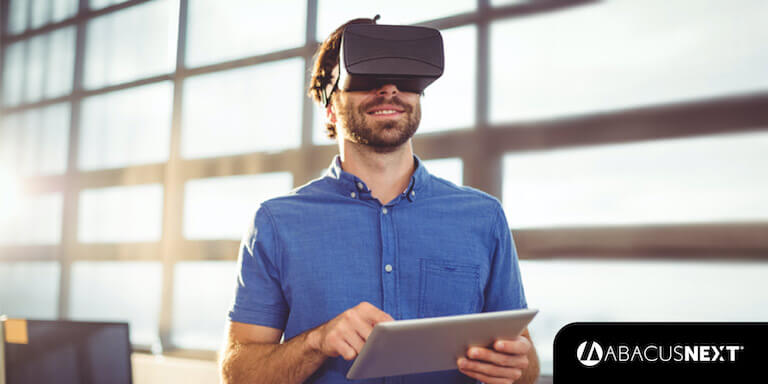How legal firms can harness the power of augmented reality

Practically overnight, the world of professional services was sent home to navigate remote work. And even though your team has adapted to the challenge, it’s time to prepare for the fact that businesses across industries will be operating somewhat remotely for months.
So, how can your firm deliver the same high-touch experiences you would in person if you’re meeting and communicating with clients almost exclusively through digital means?
One incredibly helpful technology trend has evolved right in time to help professional services firms serve their clients in a remote capacity: augmented reality (AR).
What is AR?
Simply put, augmented reality is the ability to overlay images over a person’s physical environment. The most famous use case of AR is the viral phenomenon Pokemon Go in 2016, which quickly captured more than 1 billion users. But the applications of AR expand far beyond the entertainment and gaming space, so much so that it’s projected to be a $70-75 billion industry for businesses like healthcare, education, shopping, and more by 2023.
Here are three ways you could incorporate this technology into your customer experience to build better client relationships while operating your firm remotely:
Bridging the digital divide for better collaboration
Your staff may be working from home, but that doesn’t mean you don’t have a lot of work to do. For legal firms that want to embrace digital transformation within their companies to give customers a more cohesive experience, AR offers a significant opportunity to bridge the divide between the physical world and the digital world. Any opportunity your customers have to engage with your staff or office location can become an AR experience, which means you can use AR to collaborate without having to be together in one physical location.
For example, when timely, sensitive projects come up like mergers and acquisitions, litigations, and contract negotiations, you can use a virtual AR space to collaborate without being in the location. If you offer productized legal services, you can create AR versions of those products so that customers can experience them at home before purchasing. You could also tap into the popularity of different AR apps that already exist to bring attention and business to your firm, such as participating in a game or offering a virtual tour of your office to make prospective customers prepare for their visit.
In each of these examples, you’re showing modern legal customers that your firm is willing to meet them where they want to be served.
Onboarding new employees
Sourcing highly qualified talent is a difficult job at any time, but it’s especially challenging when there’s so much uncertainty and you’re unable to meet potential candidates in person. Candidates also might be hesitant to take a risk on a new job if they’re unable to apply and interview in person to get a sense of your physical office space and company culture.
One way AR can help you round out your interviewing and onboarding process is by allowing candidates to virtually tour your office location. New hires can interact with the space and get comfortable with the kind of environment they’ll be working in when stay-at-home orders are lifted, without leaving the safety of their home. If you want to provide an especially engaging onboarding experience, you can also opt to create interactive onboarding materials that help your firm’s history and mission come alive off the page, or cultureboarding.
Delivering personalized employee training
Maintaining an engaged and well-trained workforce is a top challenge for legal firms today. Baby Boomers are retiring. Law school enrollment rates are falling. Up-and-coming generations bring different expectations to the workforce, and your customer experience suffers with the turnover and loss of knowledge.
AR shines as a cutting-edge way to educate the right people for the right roles within your organization. You can create engaging and efficient training opportunities that quickly bring new employees up to speed using images and scenes from your real-life office to bring the learning to life. In one survey, 42% of executives saw training as a top use case for AR, especially product demonstrations and training sessions.
Improving the legal firm customer experience with AR
Every legal firm wants to build strong client relationships, but not all of them are equipped with the foresight or the technical ability to investigate AR. If you want to attract a younger generation of customers and employees, consider how AR can help you bridge the digital divide, design a more welcoming space, and train employees to deliver a better customer experience.